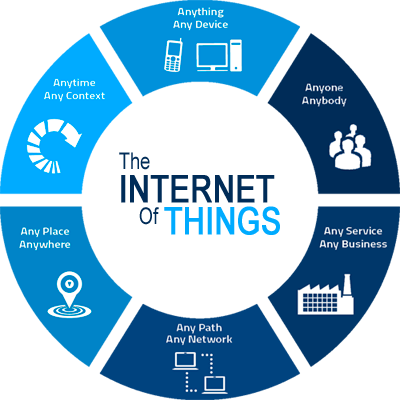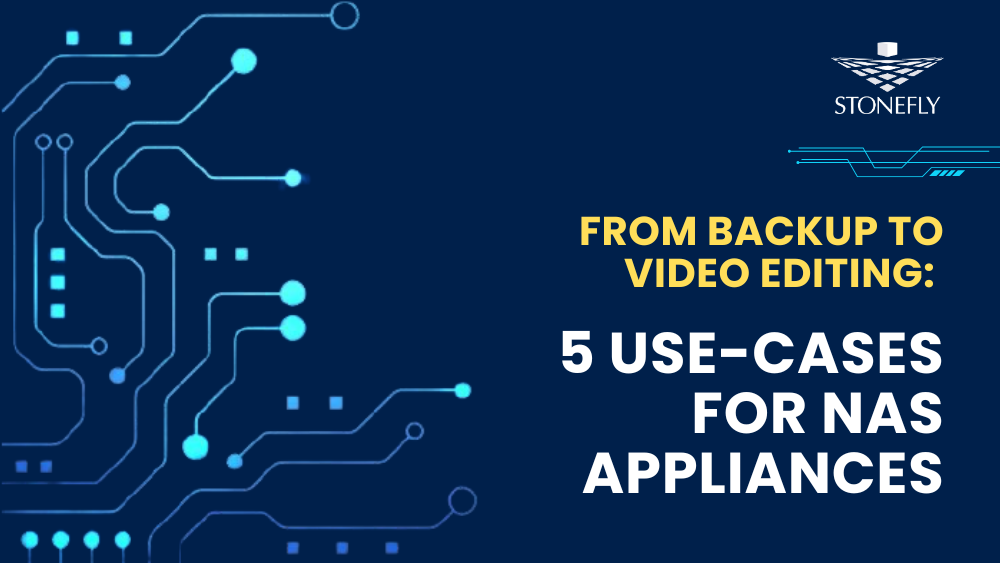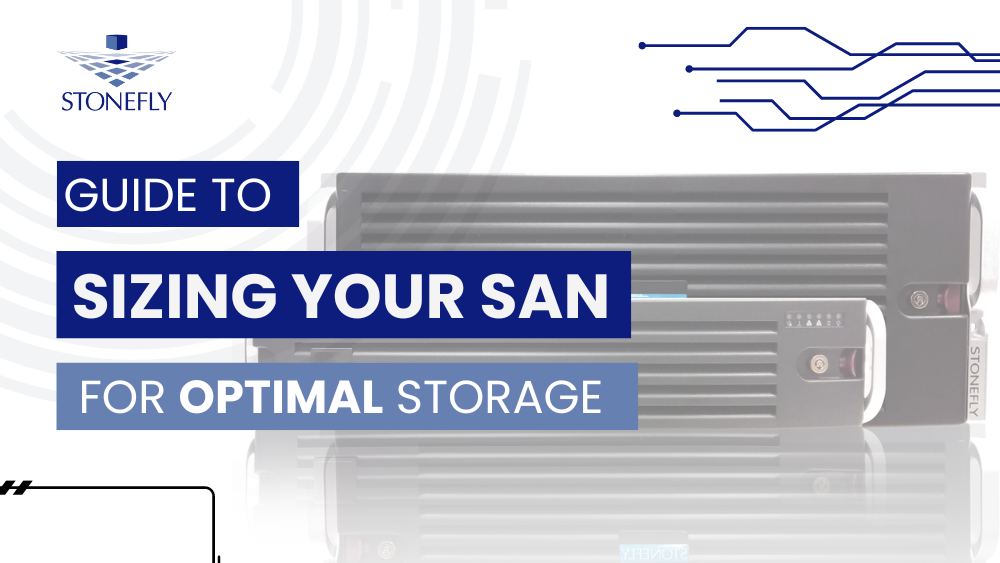Discoveries can be made in important fields such as life sciences and healthcare through the quick transfer of valuable information in a matter of seconds. Interconnectivity can hence easily help in embarking upon journeys of meaningful discoveries where human lives are not only saved, but age barriers are elongated.
Internet of Things, The Challenges it brings
In the near future, there will be billions and billions of connected devices. There will be an explosion of connection possibilities. A great number of devices will be connected with one another, making use of valuable information being transferred via the internet. Looking at the situation today, it is already very evident that a lot of devices from a person’s day-to-day life are already connected. The increased connectivity that IoT provides also places many challenges on the developers of applications.

- Managing Scalability: After making the codes for any kind of platform, there would be the problem of scalability faced by the developer. The infrastructure might run easily at the beginning with only a few devices connected, but once the number increases to say millions, the management will become more complex.
- Security: Security plays a vital role in IoT because of the ability of the applications under IoT to control physical objects and then act on to the physical world. It is of utmost importance to set the boundaries about the kind of permission which people are provided with. Applications made must be very careful in providing permission to people and defining the extent to which they can or cannot do something. The goal of the developers is to write the code and add new features to the applications. A way needs to be devised so that objects can be interacted with easily without wasting any time. There is a dire need for security of the devices connected or threats can easily hack into the devices resulting in massive losses.
- Big Data and Analytics: IoT needs to be able to cope up with the big data that is generated and use it for analytics and to make predictions. Cloud powered applications are becoming vital for the success of IoT. Cloud computing makes sure that the applications always run smoothly while ensuring great usefulness of data.
StoneFly Scale-Out NAS: In Tandem with Big Data and IoT
The StoneFly Scale-Out NAS appliances are designed for big data. The StoneFly scale-out NAS architecture allows the users to add scale-out NAS storage nodes as necessary. The architecture foregoes high capacity and expensive storage devices. Scale-out NAS is designed for markets that need to manage large quantities of unstructured data; data collected from the internet of things devices are unstructured. Looking from the lens of big data, you can add storage quickly and cheaply with the StoneFly Scale-out NAS which helps in managing data easily and effectively.

StoneFly scale-out NAS supports network protocols such as CIFS, simultaneous multiprotocol NFS, Fibre, Infiniband, iSCSI and S3 object support across multiple network interconnects. StoneFly scale-out NAS confers numerous benefits on the users.
- Ease of Scalability: StoneFly scale-out NAS comes with software management and virtualization layer that makes multiple nodes act like a single-system. Users can easily protect, manage and replicate greater storage just like dealing with smaller storage.
- Enterprise Advantage: Enterprises using the StoneFly scale-out NAS are at ease because of the data replication, snapshots technology and other traditional features provided by it.
- Increase Predictability: As a user, you do not have to over invest, you can easily pay as you scale up the storage.
- Efficiency and Effectiveness: StoneFly scale-out NAS is both efficient and effective in its operability with up to 80% utilization of the physical disk drives. All of the resources are leveraged to ensure maximum performance.
- Intelligence and Automation: StoneFly scale-out NAS fulfills the needs of big data by providing automated data movement to optimize capacity and performance.









